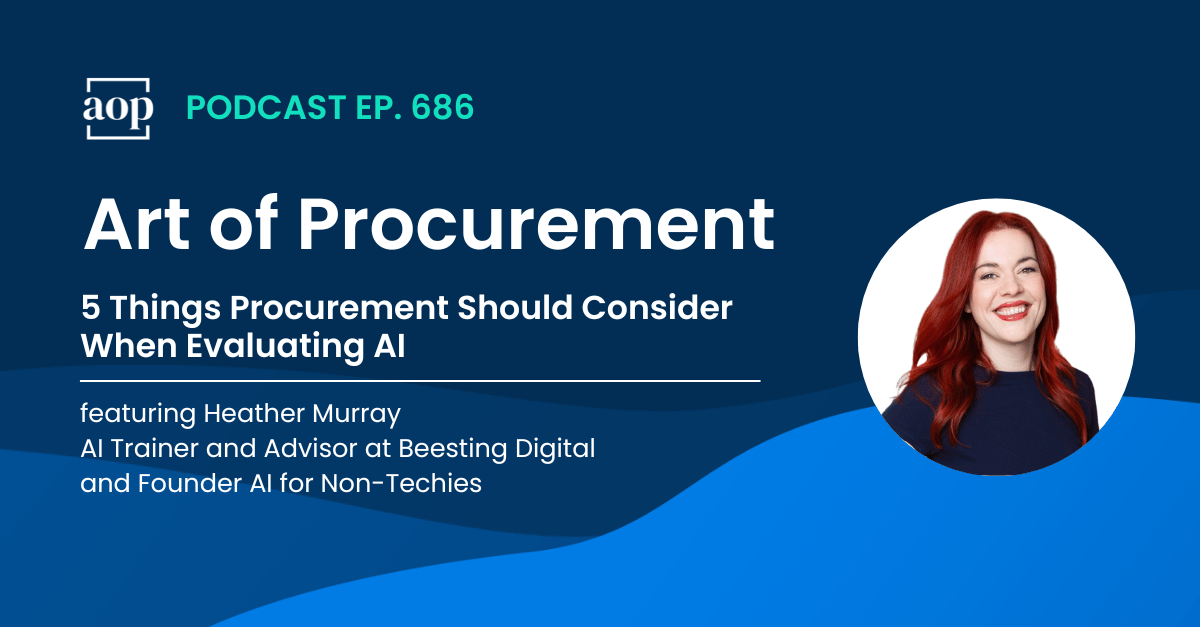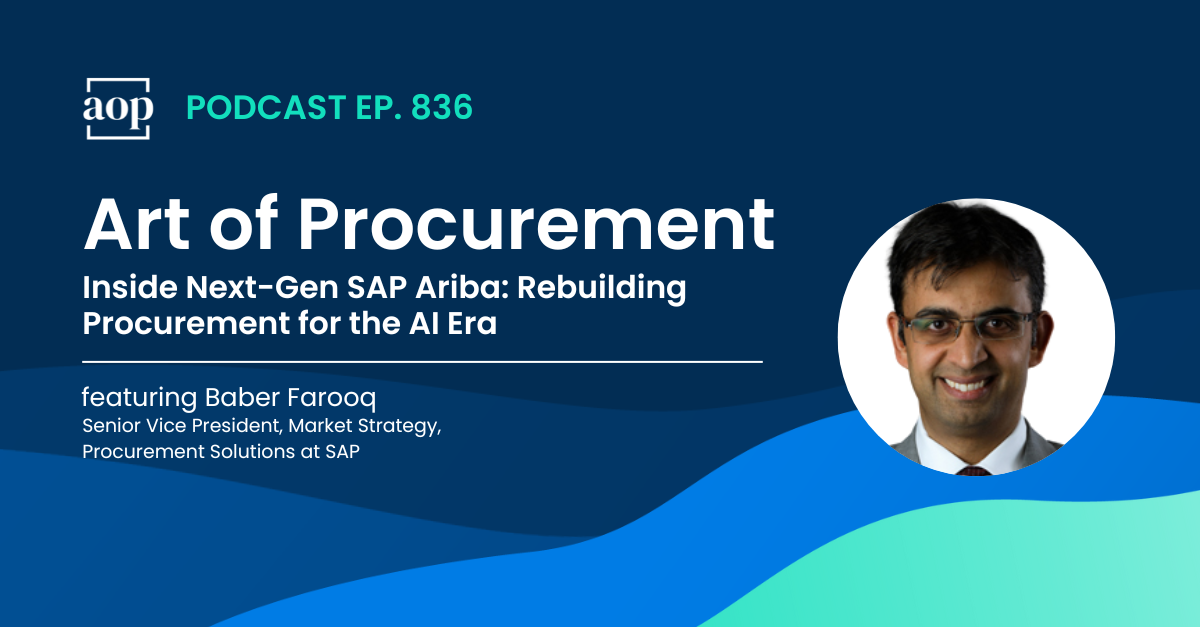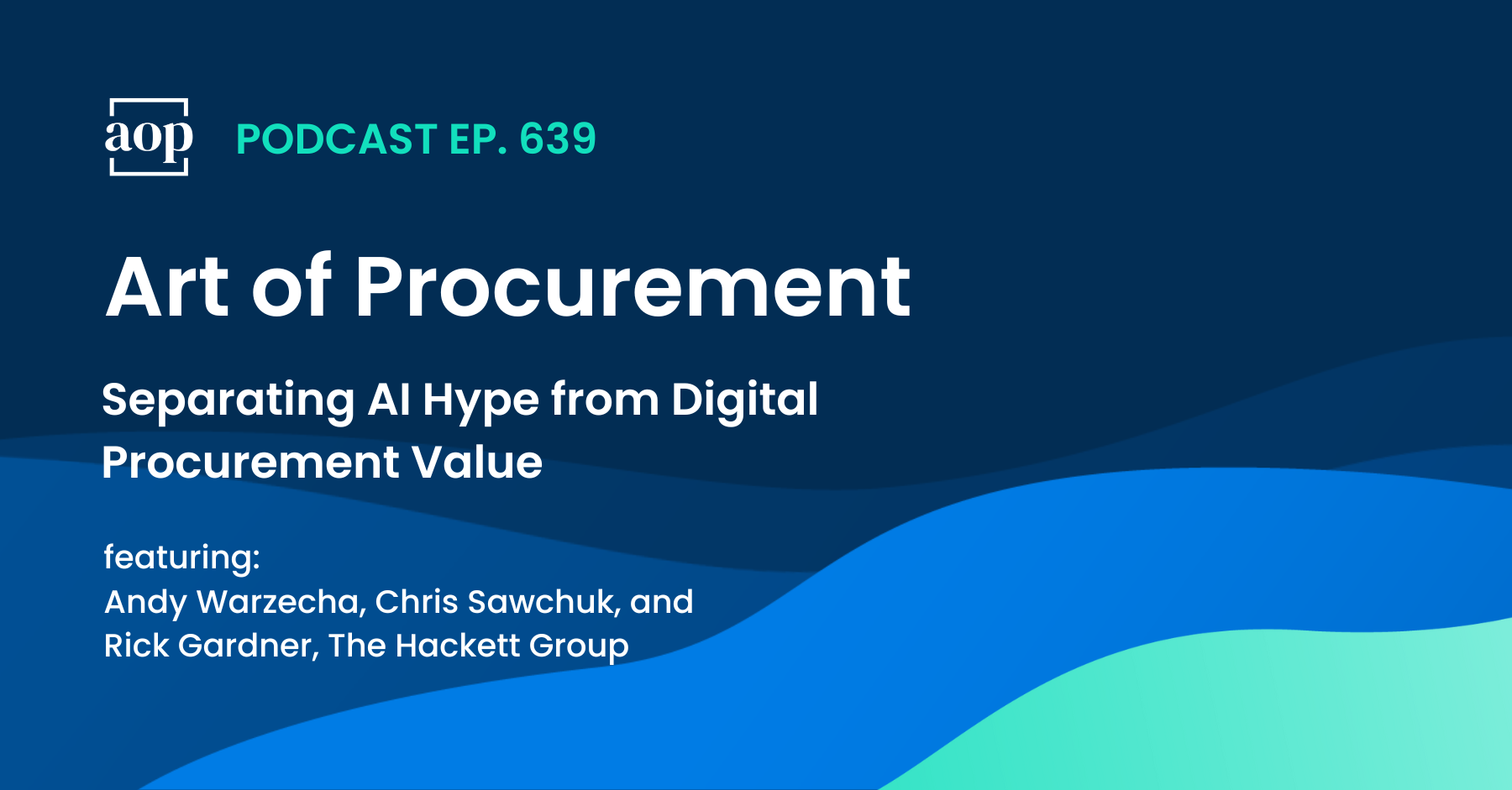
“2023 was the year of the ‘dabbler.’ We all heard about AI, and we were all playing around with ChatGPT. We were dabbling around, but we were not integrating. I think 2024 is the year that we actually integrate AI and start to create workflows around it.” – Heather Murray, AI Trainer and Advisor at Beesting Digital and Founder of AI for Non-Techies
If 2023 was the year everyone was ‘playing around’ with AI, in 2024 it is time to get serious.
That’s Heather Murray’s take. As an AI Trainer and Advisor at Beesting Digital and Founder of AI for Non-Techies, Heather says last year, the whole world was “dabbling” in AI. Now, it’s actually being formally integrated into business processes and workflows, creating a new professional reality (and responsibility) for most organizations.
Kelly Barner spoke with Heather about AI’s potential for procurement at Digital Outcomes, Art of Procurement’s annual tech-focused virtual event. Not surprisingly, Heather’s session inspired so much conversation, we’re revisiting the topic, “Straight Talk About the Potential of AI” in this week’s podcast episode.
Heather laid out a framework that procurement teams can use as they decide how and when to adopt AI solutions and introduce new emerging technologies into their legacy processes, workflows, and systems.
Having an AI strategy is a must for every procurement team, says Heather. AI is evolving at break-neck speed, and it seems like hundreds of new tools are hitting the market every week. So much advancement so quickly can not only feel overwhelming, but it also puts teams at risk of being dazzled by the shiniest new thing, rather than considering what the business actually needs to be successful.
Heather shared 5 things all procurement teams should consider when they’re evaluating AI solutions:
1. Start With the Problem, Not the Tool
When evaluating whether AI is the best solution for a particular business case, Heather says procurement should start with their pains and challenges in mind first, rather than being dazzled by a tool and searching for an appropriate place to plug it into the business.
“You have to look at your processes and identify where the weak points are first,” she said. “I think many people are taking it the wrong way. They see thousands of shiny tools that promise the world, but if you start with the AI tool first, you’re going to be overwhelmed.”
According to Heather, this is by far the most important step when considering AI, and, if ignored, could lead your team (or the business) down the wrong path and for all of the wrong reasons.
2. Define Your Goals
What do you want to achieve with AI? What outcomes or KPIs should it help the business achieve? What kind of value do you want it to enable or unlock for the business? How will you define successful adoption or implementation? These are all goal-oriented questions procurement should ask themselves ahead of selecting a tool, says Heather.
“AI is not capable of doing everything, so you need to align your use of AI with your actual strategy and your goals within your role and the business as well, otherwise it can veer off and not function in an optimal way,” she said.
3. Align with Stakeholders
Understand how your stakeholders feel about the problems, pain points, and goals that AI might help to solve. Getting their feedback ensures alignment with the rest of the business and signals support for adopting a new technology or tool. This will also lead to better collaboration and transparency around processes or transformation projects.
4. Assess Your AI Readiness
Data is crucial to adopting AI, says Heather, and especially for large enterprises, it is the first place to start before implementing a new AI solution. Not doing so can have disastrous consequences.
“Your data needs to be structured, clean, and relevant, because the better quality data that you put into AI, the better results you get,” Heather said.
Assessing readiness also requires procurement to take a close look at their existing tech infrastructure to make sure it can support the new technology and workflow. Heather says she’s seen many companies skip this crucial step and adopt a tool that can’t function within their legacy systems. They have to go back to square one and start over.
5. Walk Before You Run
Looking for quick wins – small pain points or inefficient processes that can be solved relatively easily with a new AI tool – is a great way to train the team on a new technology approach and get accustomed to it before taking on a comprehensive digital transformation project. “You should begin with pilot projects so you can test and learn with those small projects, just like you would anything else,” said Heather.
Now that the dust has settled from 2023 and we’re all relatively used to the fact that AI isn’t just here to stay, but it’s also here to stay and continuously evolve and reshape the world at every turn, procurement needs to stop “dabbling” and think seriously about how AI fits into their formal digital strategies going forward.
Subscribe to Art of Procurement
Apple | Stitcher | iHeart Radio | Email


.png)

